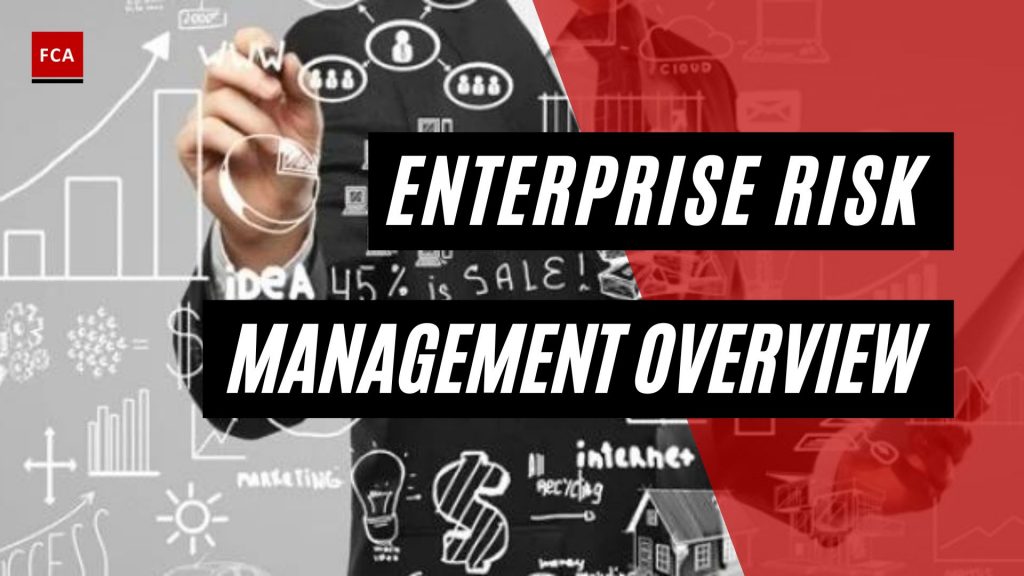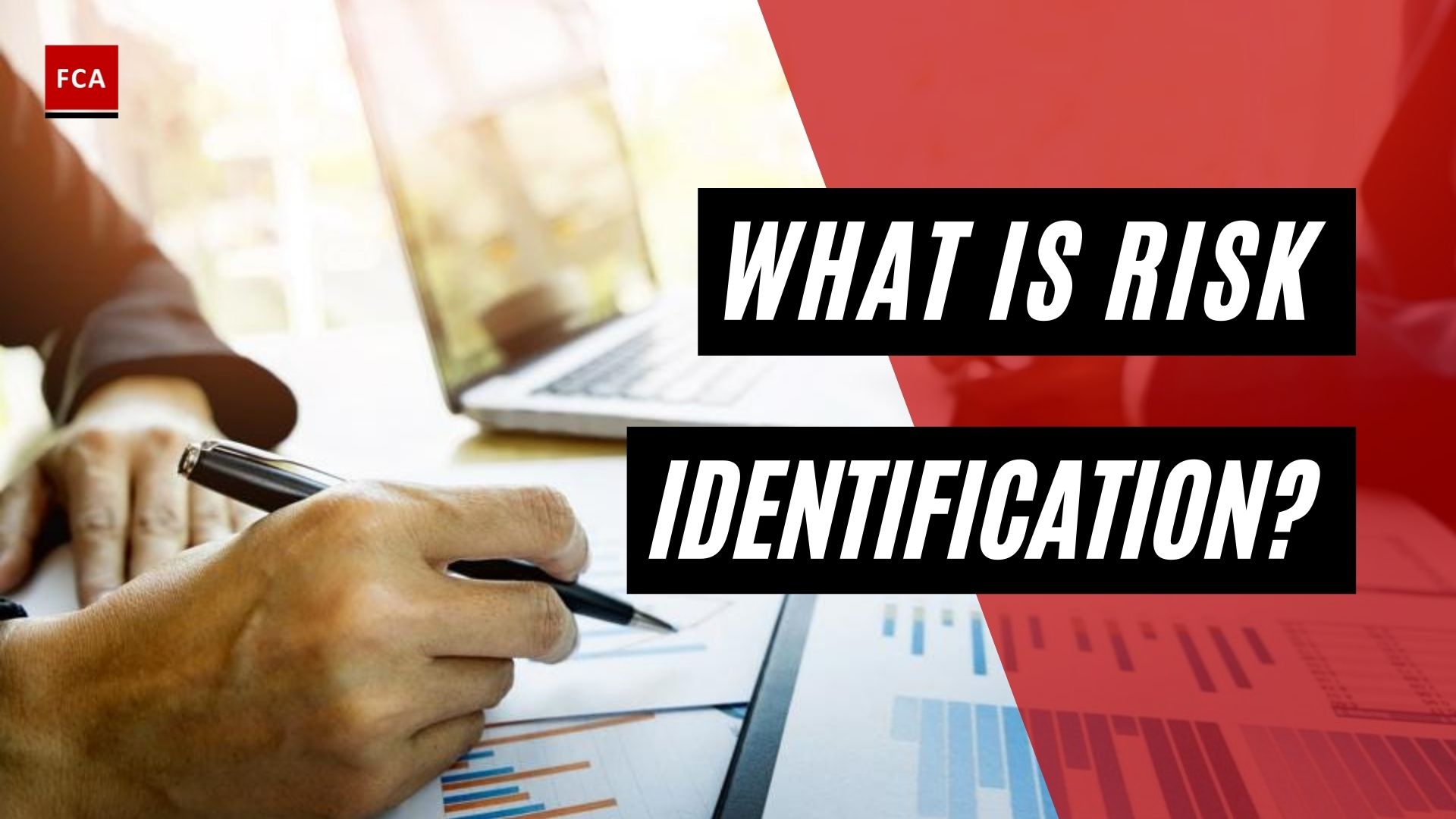Enterprise risk management overview. Enterprise Risk Management (ERM) is the culture, capabilities, and practices that businesses rely on to manage risk in creating, preserving, and realizing value. It is integrated with strategy-setting and objectives. Therefore, it is important to understand that an organization is required to set its strategy that aligns with and supports its mission and vision.

Enterprise Risk Management Overview
ERM also establishes business objectives that follow the strategy and flow through the entity’s business units, divisions, and activities. At the highest level, enterprise risk management is integrated with strategy-setting, with management understanding the overall risk profile for the entity and the implications of alternative strategies to that risk profile. Management specifically considers any new opportunities that arise through innovation and emerging pursuits.
The ERM doesn’t stop there, however: it continues in the entity’s day-to-day tasks that provide significant benefits. An organization that integrates enterprise risk management into daily tasks is more likely to have lower costs than an organization that “layers on” enterprise risk management procedures. Such cost savings can be crucial to a business’s success in a highly competitive marketplace. Additionally, management is likely to identify new opportunities to grow the business by building enterprise risk management into the core operations of the entity.
Enterprise risk management integrates with other management processes as well. Specific actions are necessary for certain tasks, such as business planning, operations, and financial management. An organization considering credit and currency risks, for example, must develop models and capture large amounts of data necessary for analytics. Enterprise risk management may become more successful by integrating risk management methods with an organization’s operating activities and understanding how risk could influence the business overall, rather than just in one area.
Enterprise risk management incorporates some concepts of internal control. “Internal control” is the process an entity puts into effect to provide reasonable assurance that objectives will be achieved.

ERM In Organizations
All organizations must develop a strategy and just it periodically, keeping in mind the ever-changing possibilities for creating value and the challenges that will arise in the pursuit of that value. For this, they need the best possible framework to optimize strategy and performance.
That’s where an ERM comes into play. Organizations that integrate enterprise risk management throughout the entity can realize many benefits. For example, by considering all possibilities, including both positive and negative aspects of risk management, new opportunities and unique challenges associated with current opportunities can be identified. ERM can help to identify and manage risk entity-wide, as sometimes, risk can originate in one part of the entity but impact a different part. Consequently, management identifies and manages these entity-wide risks to sustain and improve performance.
ERM can potentially increase positive outcomes and advantages while reducing negative surprises: Enterprise risk management allows entities to improve their ability to identify risks and establish appropriate responses, reducing surprises and related costs or losses, while profiting from advantageous developments.
For organizations, performing ahead of schedule or beyond expectations may cause as much concern as performing short of scheduling and expectations. Enterprise risk management allows organizations to anticipate the risks that would affect performance and enable them to put in place the actions needed to minimize disruption and maximize opportunity.
Resource Deployment
Resource deployment can be improved by obtaining robust risk information allows management, in the face of finite resources, to assess overall resource needs, prioritize resource deployment and enhance resource allocation. After all, every risk could be considered a request for resources.
ERM can also enhance enterprise resilience, as an entity’s medium–and long–term viability depends on its ability to anticipate and respond to change, and not only to survive but also to evolve and thrive. This is partially enabled by effective enterprise risk management. It becomes increasingly important as the pace of change accelerates and business complexity increases.
These benefits highlight the fact that risk should not be viewed solely as a potential constraint or challenge to setting and carrying out a strategy. Instead, the change that underlies risk and the organizational response to risk can produce strategic opportunities and key differentiating capabilities.

What Benefits Does ERM Provide?
- Greater awareness of the organization’s risks and the ability to respond effectively
- increased belief in the achievement of strategic goals
- Compliance with legal, regulatory, and reporting requirements has been improved.
- Increased operational efficiency and effectiveness
Questions To consider When Implementing ERM
- What are the primary elements or drivers of our business strategy?
- What internal factors or events might obstruct or derail each of these components?
- What external events could obstruct or derail each component?
- Do we have the necessary systems and processes in place to deal with these internal and external risks?
Final Thoughts
Enterprise risk management (ERM) in business refers to the methods and processes that organizations use to manage risks and capitalize on opportunities related to achieving their goals. ERM provides a framework for risk management, which typically entails identifying specific events or circumstances relevant to the organization’s objectives (threats and opportunities), assessing their likelihood and magnitude of impact, deciding on a response strategy, and monitoring the process. Business enterprises protect and create value for their stakeholders, which include owners, employees, customers, regulators, and society as a whole, by identifying and proactively addressing risks and opportunities.








